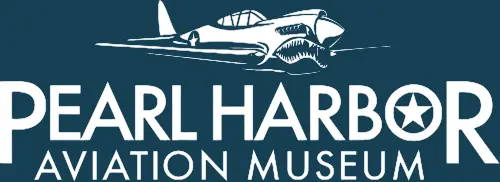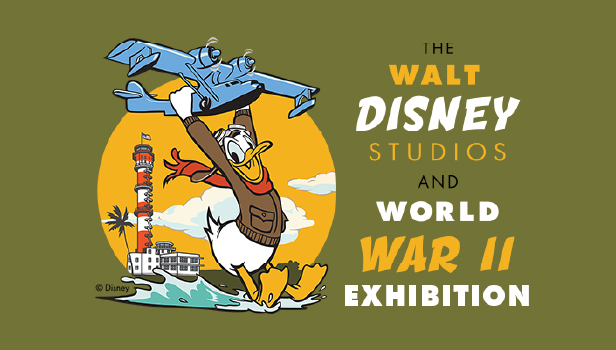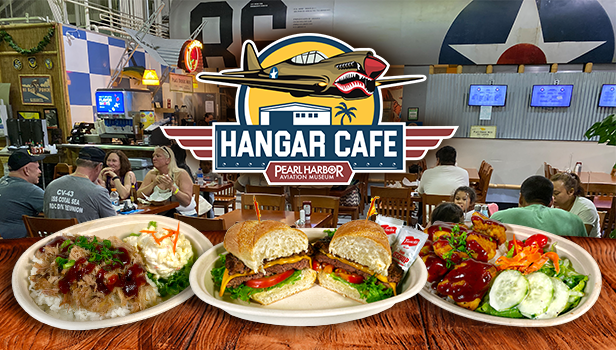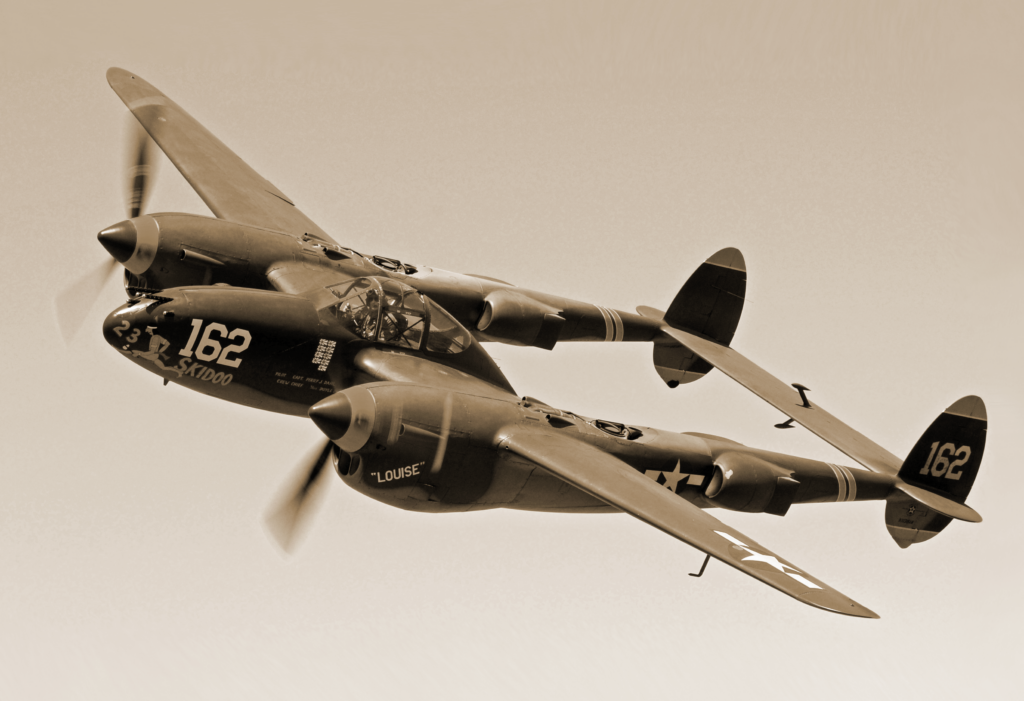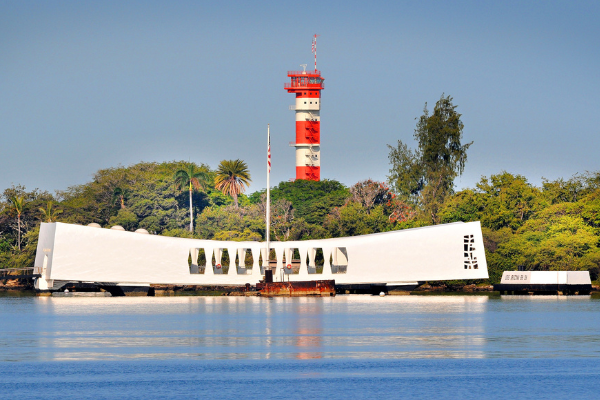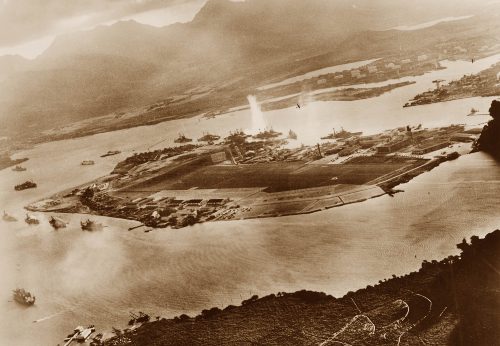Ready Room Blog
5/25/2024
Webinar: Operation Bolo
Christina Olds, daughter of the legendary Brigadier General Robin Olds, joined us as guest speaker on May 9th for a special webinar to discuss her father’s monumental career. We will dive into Operation Bolo, a prominent mission in the Vietnam War, and Gen. Olds’s role in planning and leading this innovative aerial operation. During this discussion we will covered the successes and challenges faced by the USAF during the Vietnam air war, the performance of the F-4 Phantom, and the lessons learned that are applicable to today’s military strategies. The discussion was moderated by the Museum’s Senior Manager of Education, Lt. Col William “Spin” Spincola, USAF (Ret.).
Due to time constraints, there were some questions that went unanswered in the webinar.
First half are answered by Christina Olds (Christina)
Second half are answered by William Spincola, Sr Manager of Education Programs (William)
Did Robin Olds have any experience with and opinions about Naval Aviators and Navy aircraft compared to USAF aircraft?
(Christina) My dad had the highest regard for Navy flight training and often told me he thought it was superior to USAF training. I never heard him specifically comment on Navy aircraft – it was always how great the pilots were!
Has there ever been interest expressed to the Olds family in a documentary or feature film about Robin Olds?
(Christina) Oh yes, of course. Right after the book came out I was approached by three different production companies and studios. One production company flew me down to Los Angeles for a meeting, as they were keenly interested in producing the movie. We went back and forth for a couple of months until they decided the film would just be too expensive to make. The problem (as all the different players told me) was that the movie would be way too expensive to make, due to the fact there were no truly functioning/flying F-4s anymore, and no aircraft could effectively stand in for Phantoms. There are at least 6 P-38s and up to 100 Mustangs, but the lack of flying F-4s put the burden of the movie onto CG (computer graphics). Top Gun was a hit because there were F-14 Tomcats around and F-18s were (later) digitally enhanced and used in the Tomcat sequences. Every now and then an inquiry comes in for optioning the book but most interest has been from low-level, smaller production companies that just don’t have the power a major studio would to do the story the right way. I have a great literary and film agent constantly on the lookout, so I’m patient about this and I truly believe it will happen someday.
If there was a movie who should play the role of Robin Olds?
(Christina) Ah, so many suggestions have been made over the years! It would definitely take an actor who’s able to play 22 to 50 convincingly. Many names have been suggested. I wish I’d kept a list. Among them, Tom Hardy and Chris Pine have been suggested. Personally, I’ve always wished for Brad Pitt, because he has the capability for intensity, as well as humor, but he’s too old now. I’d love to have more suggestions, although it would never be up to me to decide on the actor.
What kind of advice would Robin give to the newer generations of people who aspire to fly?
Did Robin ever encourage his daughter or granddaughter to follow in his footsteps in aviation or military service?
(Christina) I had serious thoughts about joining the Air Force when I was 18, right before college in 1970, but my dad discouraged me. Female military pilots were rare in those days – and there certainly weren’t any female fighter pilots. Also, he astutely advised me about the challenges of carrying the “Olds” name and being the daughter of Robin Olds. When I expressed an interest we were still involved in the Vietnam conflict and it was never going to be a desirable career for me. However, we did agree I should learn to fly and I signed up for pilot training at the local airfield as soon as I arrived at college in upstate New York. I made it a whole week through ground school before my mother found out. That was the end of that! She declared there would only be ONE pilot in the family. Ever since then, I’ve been an eager and happy passenger in any flight I’ve been offered – and there have been many, including numerous P-51s, T-6s, B-17s, various Waco aircraft, the Wright-B Flyer, many others, and even in the backseat of an F-4 over the USAFA Class of 2011 graduation!
I met his crew member, Harold ‘Pat” Patton at the PHAM. He was unable to hold back tears while speaking about Robin. Did you meet those guys from the book cover photo? Did they share any ‘unknown’ stories about him with you?
(Christina) The one gentleman I knew well from the book cover was Bill Kirk. He’s right behind the “E” in the Fighter Pilot title. Bill shared many stories of flying with Robin, as he was also an F-101 pilot with him at Bentwaters 1963-65. Of course, I knew many others who flew and served with my dad. A very close friend (and still with us) is JB Stone, who was Robin’s favored wingman in Vietnam. Bob Pardo (famed for “Pardo’s Push”) was another close friend, whom I last saw in October 2023. We sadly lost Bob on December 5th, 2023. And, yes, I heard lots of never-heard-before stories from many of the pilots who flew and served with him – many unable to be repeated in polite company!
What was Robin’s favorite aircraft to fly?
(Christina) It was definitely the F-4, but a close second was the Mustang. I think he romantically valued his P-51 days more because of the relative freedom and lack of bureaucracy of those early military flying days.
What was Robin's Hawaii connection? Did he consider Hawaii his home?
(Christina) Robin’s maternal grandfather, Bavarian-born Henry F. Wichman, moved to Hawaii in the 1880’s and served as the silversmith to the Hawaiian Royal family. Robin’s mother Eloise Wichman was born in Honolulu in 1896. His father, Army Air Force WWI pilot Robert Olds was stationed in Honolulu 1920-24, where he met and married Eloise, and Robin was born on Luke Field in Pearl Harbor on July 14, 1922, so the family ties and friendships in Hawaii run deep. I’ve always thought of our family as Kama’aina. Robert, Eloise, and 2-year-old Robin moved to Washington D.C. in 1924, where Robert was part of Billy Mitchell’s War Office, and then down to Langley Airfield, VA, where Robin spent the majority of his youth until he went to West Point in 1940. I’m not sure he had a feeling of Hawaii being “home” but he certainly went back there every year after he retired. Colorado became his ultimate home. I think I’m the one who thinks of Hawaii as home!
I work at the Arkansas Air and Military Museum in Fayetteville, AR, and we are the home of the General John P. McConnell collection. What was Robin’s and John’s relationship outside of the snippet referenced in the book “Fighter Pilot”?
(Christina) I wish I had an answer to this question! I’m sure my dad respected McConnell but I know it was hard to convince him to approve Operation Bolo. If my memory serves me (and it might not), it took both Robin and JB Stone cornering him in the bar to convince him the scheme would work. I just don’t know WHAT bar – whether it was at Ubon, another base or at the 7th AF HQ. Sorry I don’t have more info!
Did Robin ever have a mentor or military leader that he admired and learned from?
(Christina) Well certainly, and most importantly, it was his father, Major General Robert Olds. Robert was a pursuit pilot in WWI, tasked by Roosevelt and Hap Arnold to establish the Ferry Command, then became the first commander of the first squadron of B-17s at Langley before being named the commander of the 2nd Air Force. Their house at Langley was always filled with notable aviators of the day, including Elliott White Springs, Hap Arnold, Claire Chennault, Curtis LeMay and Eddie Rickenbacker, among many others. One significant friend and leadership mentor to my dad was General Carl “Tooey” Spaatz. After his father Robert died in 1943, “Tooey” became Robin’s father-replacement and closest confidante.
Did the USAF bombers change their tactics after Operation Bolo?
(William) Not significantly during the remainder of the Rolling Thunder air campaign 1965-1968. The operational restriction placed on USAF/USN flying in North Vietnam, especially in the Hanoi airspace or in proximity to the North Vietnam border with the PRC, necessitated the tight control of the missions’ tactics. These restriction a and tight rules of engagement were arbitrarily placed on US forces by the NSC and POTUS. This was the major source of contention and criticism between commanders in Vietnam and Washington DC.
What was the F-4 Phantom pilots’ thoughts on flying a fighter whose armaments was only missiles and no guns?
(William) The lack on an internal gun in the F-4 Phantom became air crew criticism only due to the operational rules of engagement USAF/USN were required to fly and fight under during Rolling Thunder. These restrictions required all US military aircraft to have visually identified (that is to have visual sight of) a NVA aircraft before engaging it or firing on it. This requirement for visual identification negates the F-4’s powerful long rang rider tactical advantage. The first generation of our air-to-air missiles, AIM 7 Sparrow and the AIM 9 Sidewinder did not perform well at first. Initially, these missile systems were for shooting down bombers not fighters in air combat maneuvering battles. Both missiles’ systems were greatly and dramatically improved in the decade after the Viet Nam War.
NOTE: The USAF introduced the F-4E Phantom in 1968 which had among other tactual improvements an internal 20mm gun. The USN compensated with intensive fighter crew training – Top Gun in 1969.
Did F-4s have radar jammers installed for the Operation Bolo mission?
(William) Yes, for Operation Bolo the F-4C Phantoms were specially equipped to carry the QRC-160 ECM jamming pod. This is the same ECM pod the F-105s carried on their strike bombing missions. In fact, as part of the deception plan, the F4s flew in the same flight formations with the same spacing for ECM coverage, on the same routs and altitudes as the F-105s would have done. The crews used the same radio frequencies as a strike mission of F-105s. The F-4 was not designed to carry the QRC-160, so special modifications had to be made to the aircraft.
Were F-4 Wild Weasel aircraft in use yet for the suppression of enemy radar tracking?
(William) Negative, the F-4G Wild Weasel aircraft was not in USAF service at this time, 1967. For Operation Bolo, a large support package was included in the mission for suppression of enemy SAM and AAA artillery. For this task, F-105F were in the Wild Weasel role. Also, airborne radar support from the EC-121 and additional ECM jamming provided by the EB66. Remember, the point of the mission was to deceive the NVA air defense radar operators (ground control intercept – GCI) to send up the Mig fighter jets so the Robin’s F-4s could shoot them down.
Were there any further attempts to use the same type of ruse for follow-on missions in the Viet Nam War.
(William) Negative, in fact NSC/POTUS issued even more restrictive orders regarding direct air attack agist the Mig bases. After Operation Bolo, the NVA pulled out their Mig jet and re-based them in China. This included all their remaining Mig 21 and Mig 19 aircraft. Most of the Mig 17 aircraft as well. Operation Bolo destroyed about a third of the NVA total Mig force. The NVA Mig jets force was not reconstituted until the bombing halt began in March 1968.
Given the success of Bolo, why did the DOD keep scheduling missions that could be predicated by the time and routs or both frequently?
(William) During the Rolling Thunder, the air operation in North Vietnam were under tight if not micro managed control from the NSC/POTUS. The local in country air commanders USAF/USN did not have full control over how the missions were planned. This would not change until after 1969 and the new POTUS gradually loosed the controls and allowed for more local control of the air war in the North. By the time of the 1972 Linebacker air campaign much had changed.
What kind of intel did North Vietnam have on our bases in Thailand and South Vietnam? Did China or the Soviet Union give them satellite data on our missions?
(William) The USSR and the PRC both supported North Vietnam with strategic and operational intel. This type of intel support came from signals intelligence, radio traffic analysis and electronic (radar) evaluation and analysis. The NVA had their own very competent and aggressive human intel operations thought out South Vietnam. However, the main objective for any intel collection on US forces and capabilities in South East Asia was for use by the USSR primarily in the Cold War.
